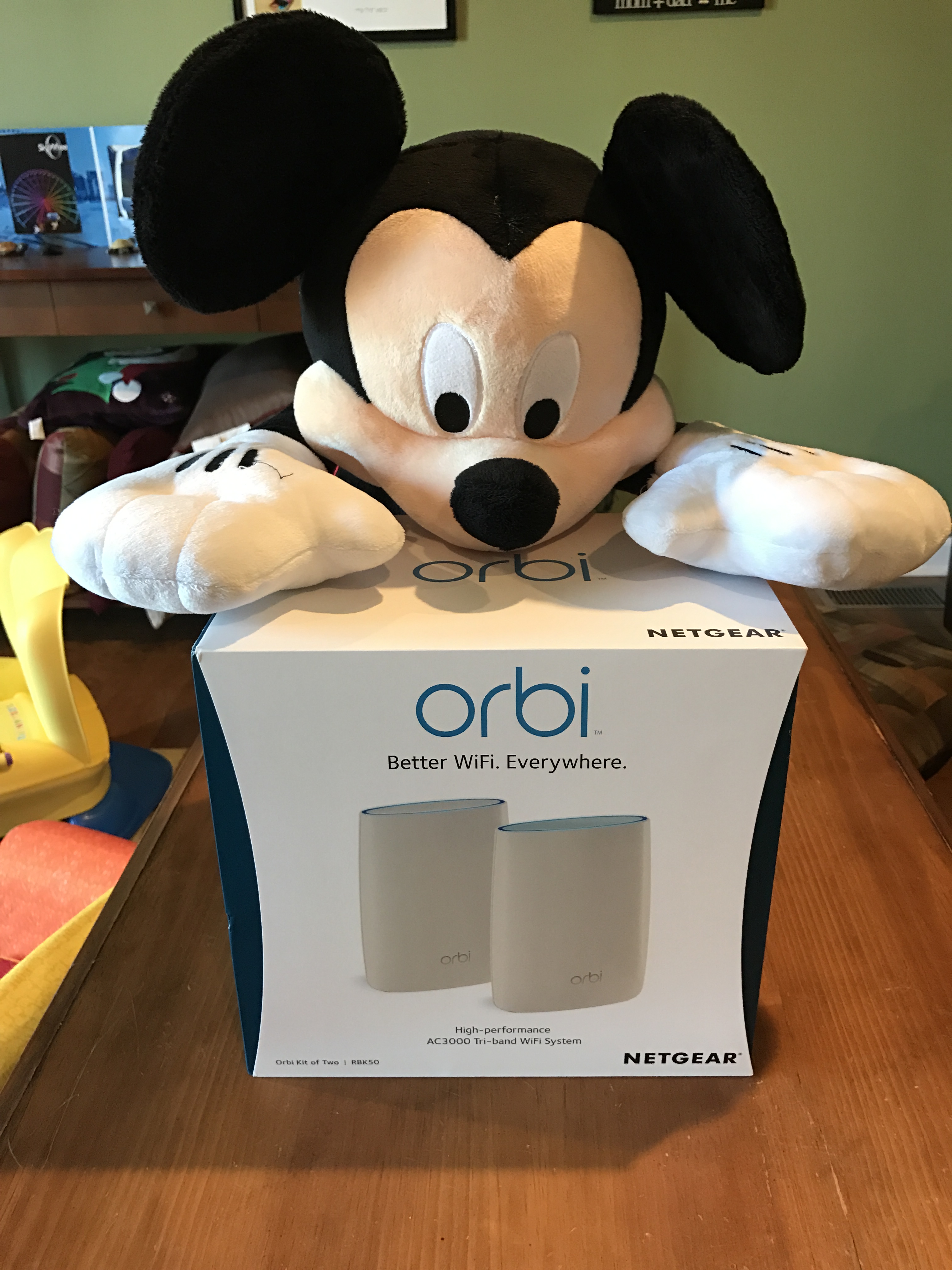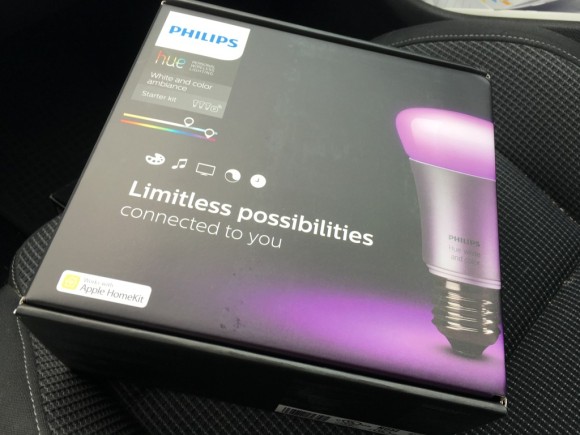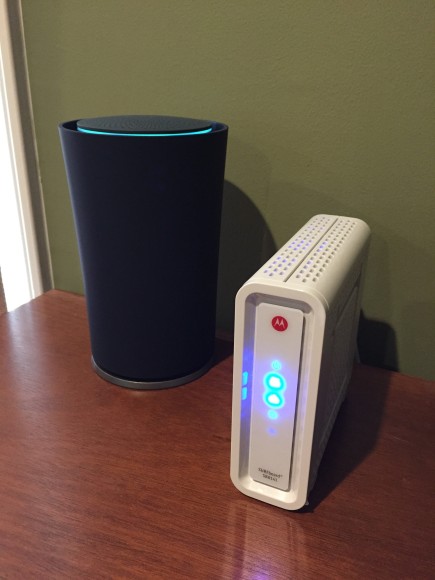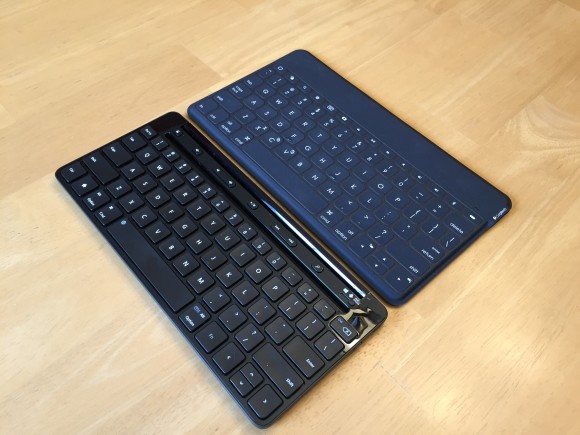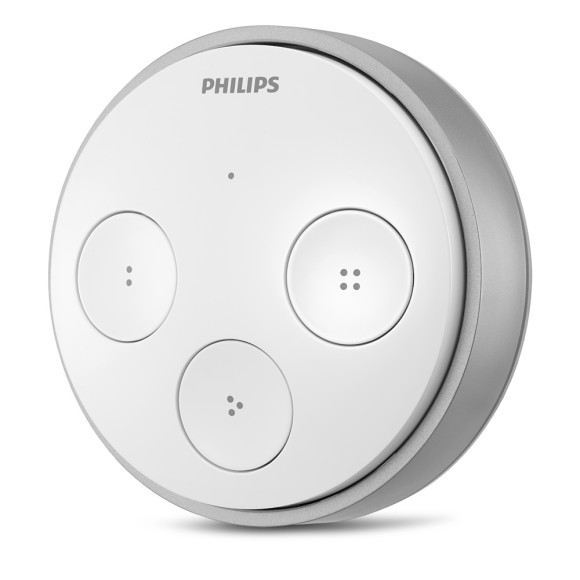I’m back…finally. :-)
Intro
For the past few months, I’ve been on a mission to find the best home WiFi. The “best” does not necessarily mean the fastest. It means the most reliable as we move around the house from room to room. It also means The Mrs. will not curse our stupid and slow home internet. This year, we have seen the rise of consumer wireless mesh networks that has typically been only available to corporate environments. Products from eero (that Dave endorses), Ubiquiti, Securifi, and Netgear are vying for you to upgrade your current router with the promise of whole home WiFi goodness!
Our residence is a newer-built detached single family home with two floors and a basement. Over the years, I’ve silently replaced our main router as newer technology has been released. I say silently, as my test for this was basically to see if The Mrs. would notice or comment on our home wireless network. Would she just look at me and ask why I was staring at her while she used her tablet…or would she throw that tablet to the ground screaming to the WiFi gods. In the past, I’ve tried multiple scenarios for our home network. The ONE ROUTER TO RULE THEM ALL approach. The Router + Powerline + Access Point approach. The Router + Extend Me approach.
While all of these might have worked initially, each scenario failed at some point whether it was clients being too far away from the router, or clients not being able to hand off properly to the different access points. Each scenario failed at our house. That’s why the wireless mesh network intrigued me so much. And with the big names finally getting into the ballgame, I thought it was time to try the Netgear Orbi.
